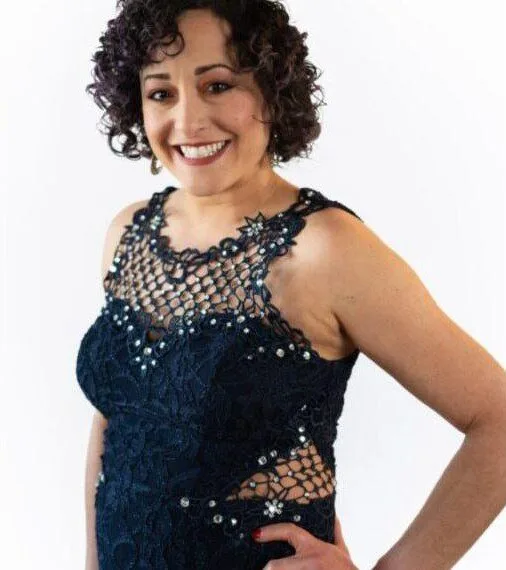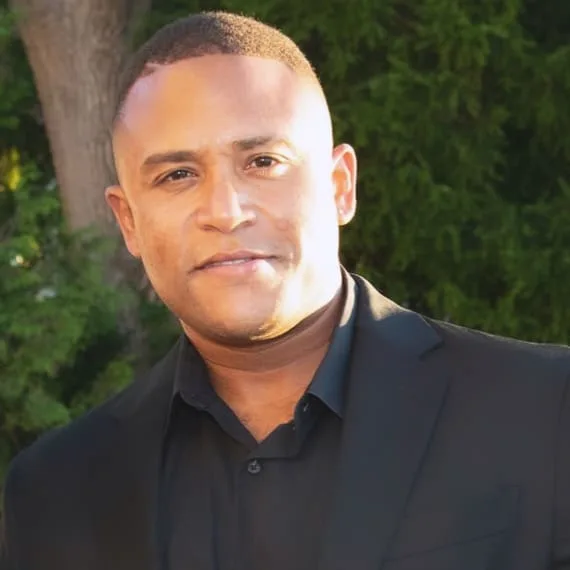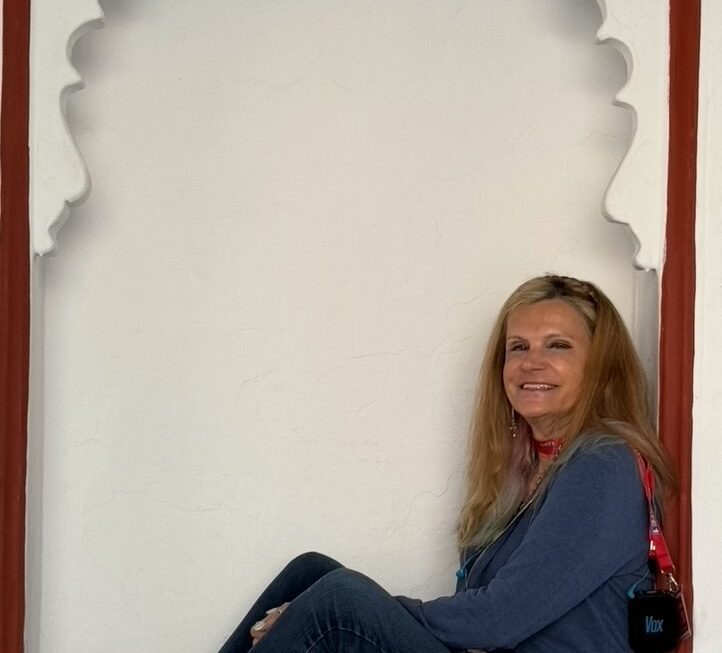Meet Lillian
A Los Angeles–based therapist, Lillian Farzan helps young Californians from multicultural backgrounds build confidence, independence, and healthy boundaries, all while staying true to who they are.
Through an inclusive and trauma-informed lens, she creates space where identity isn’t something to overcome, but something to honor. In this Q&A, Lillian shares insights on healing, self-trust, and what it really means to find your voice in a world that often asks you to quiet it.
Learn more at LillianFarzan.com
What inspired you to specialize in trauma work?
In my introduction to clinical work, I was exclusively seeing survivors of sexual trauma. Early on in our training as pre-licensed clinicians, I noticed that my peers often didn’t know how to address trauma in sessions and would, at times, dance around or avoid the subject. Developmentally speaking, this makes so much sense for a new clinician.
I also recognized how important this skill set was for both clinicians and clients alike. The last thing we want is to further stigmatize what our clients are going through. It’s important we know how to address these issues sensitively and directly.
How would you describe your approach to working with trauma survivors?
These days, I no longer work exclusively with trauma, however, it naturally comes up with clients in one way or another. I’m grateful for training in approaches like Attachment-Focused EMDR, which I find simply fascinating. This orientation provides clients with resourcing, or building coping skills, in a way that prepares them to carefully and intentionally process their trauma.
What do you wish more people understood about the healing process?
Wow, so much. The first thing that comes up for me is the impact of trauma through PTSD or CPTSD. Symptoms can catapult someone back to the worst of it, with flashbacks or triggers that might be as subtle as a familiar smell.
When a client is triggered, it makes sense that they’d need time, and, in my opinion, tender loving self-care, to reorient themselves to safety in the present. I wish more people understood that this isn’t “extra,” but rather the most human response a survivor could have. As natural as a deer frozen in headlights.
How do you help clients reconnect with parts of themselves that were lost or hidden due to trauma?
It depends. My first reaction is: with a lot of communication and consent gathering. If a client was violated during a traumatic event, I want to make it clear that they have control over where our conversation goes. That sense of control or empowerment can begin to rebuild what was lost.
At the same time, I don’t want to force things. If a client feels they’ve shed a certain skin post-trauma, a piece that no longer serves them, I understand. The rest may come through rewriting their narrative and/or through EMDR.
What can someone do if they feel therapy “isn’t working” or they feel stuck?
I would start by assessing the basics: sleep, nutrition, movement, and time outdoors. Do they need labs done? Do they have the foundations to feel safe enough to progress?
I’d also normalize feeling stuck. Healing, like grief, isn’t linear. Sometimes we regress or stall, and that’s more than okay. Beyond that, I’d help the client find a specialist they truly click with, because that connection is one of the biggest precursors to progress in therapy.
What’s something you still struggle with, or continue to work on as a human Being?
I regularly revisit the practice of befriending my inner critic and cultivating self-compassion. These have been game changers for me personally and for my clients (word to Kristin Neff!).
And honestly? Remembering that while I may have a master’s in understanding human behavior, I’m still a human first. An imperfect one, of course.
If you could offer just one sentence to someone in the thick of it right now, what would you say?
It depends, but I often hear myself gently say, “You’re already going through so much, you don’t need to kick yourself when you’re down.”
We’ll then explore how they might speak to a child in their community if that child needed support. Clients are often surprised by how much kinder they are to others than to themselves.
Another metaphor I love is inviting the inner critic in for a cup of tea to see what it has to say. Shutting it out tends to make it shout louder, or show up through other symptoms.
Yes, that was more than one sentence, but context matters!
Where can people find you or learn more about your work?
People can learn more about my work at LillianFarzan.com
On Instagram @lillianfarzan, or via LinkedIn.
I’m currently accepting new clients and happy to offer free intro calls and consultations. Thank you for having me!




